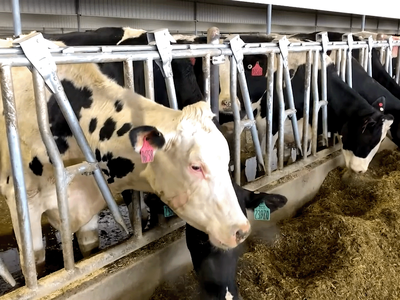Deeper Roots for Crop Resilience, Carbon Sequestration

Tim Hammerich
News Reporter
Only 3% of farmers are taking advantage of carbon programs - likely because the value proposition just isn’t there. Cquesta CEO, Michael Ott thinks they’ve got a more compelling message: building deeper roots can create more plant resilience, all while sequestering more carbon for the long term.
Ott.. "Being below the surface of the soil is really important in terms of permanence. As you get below the 50-centimeter level, about 80 percent of that carbon is more than 100 years old. So, the amount of turnover decreases pretty substantially as you go deeper. And that's because of oxygen levels. So, as you go lower into the ground, oxygen is less and less prevalent. With less oxygen, there's less microbial activity. So there's fewer microbes, you know, chewing through things, eating them up. And then those microbes that do chew through things, they aren't necessarily respirating all the way up to the top of the surface. So that's where it really matters. Uh, going low is the key thing there in terms of, uh, of a carbon credit. And we know all the stats around this. So we were playing soybeans, call it 140, seeds per acre. If I can get eight grams, more carbon per seed. Which is not a huge bar. I'll get just over a ton per acre."
Learn more at cquesta.com.













